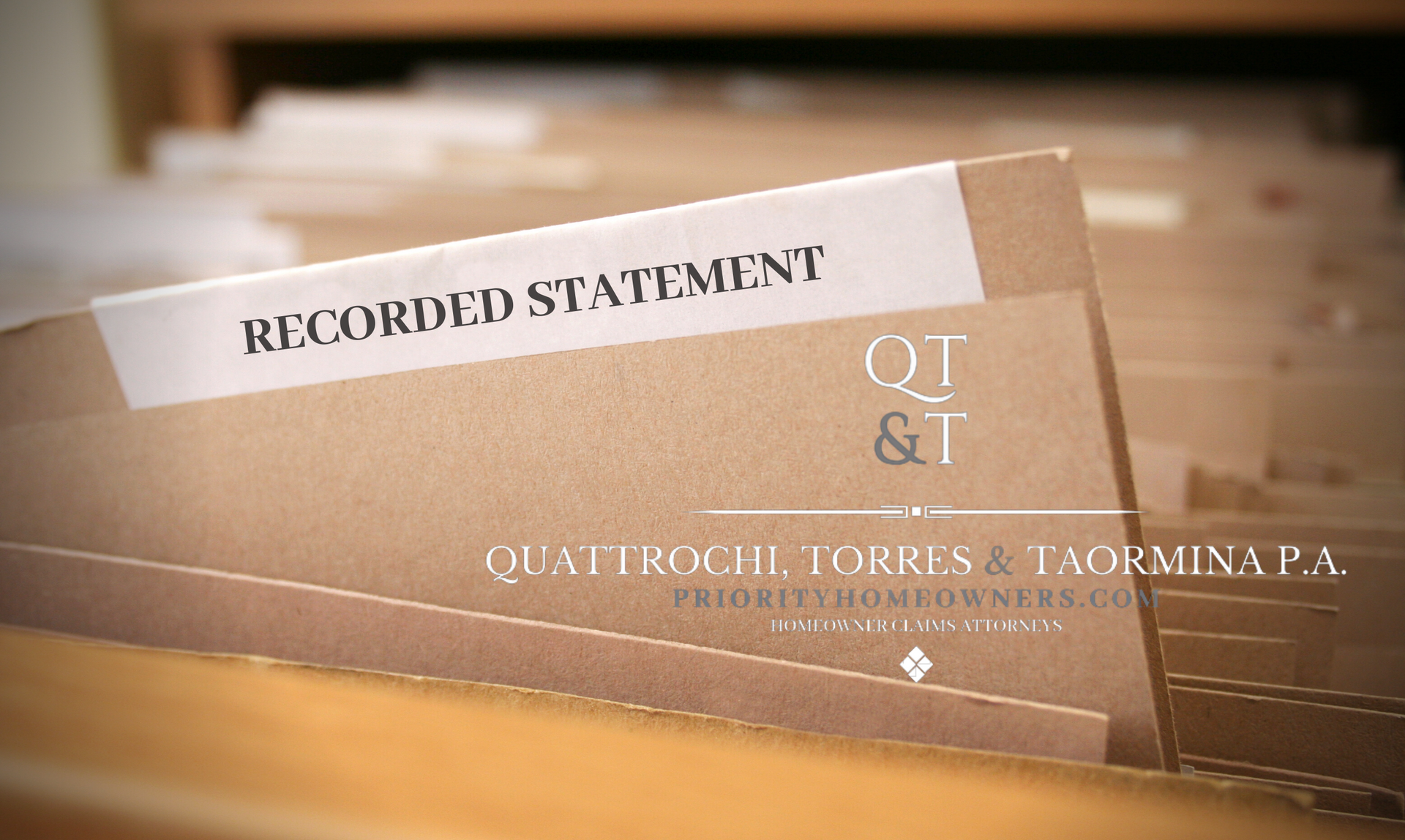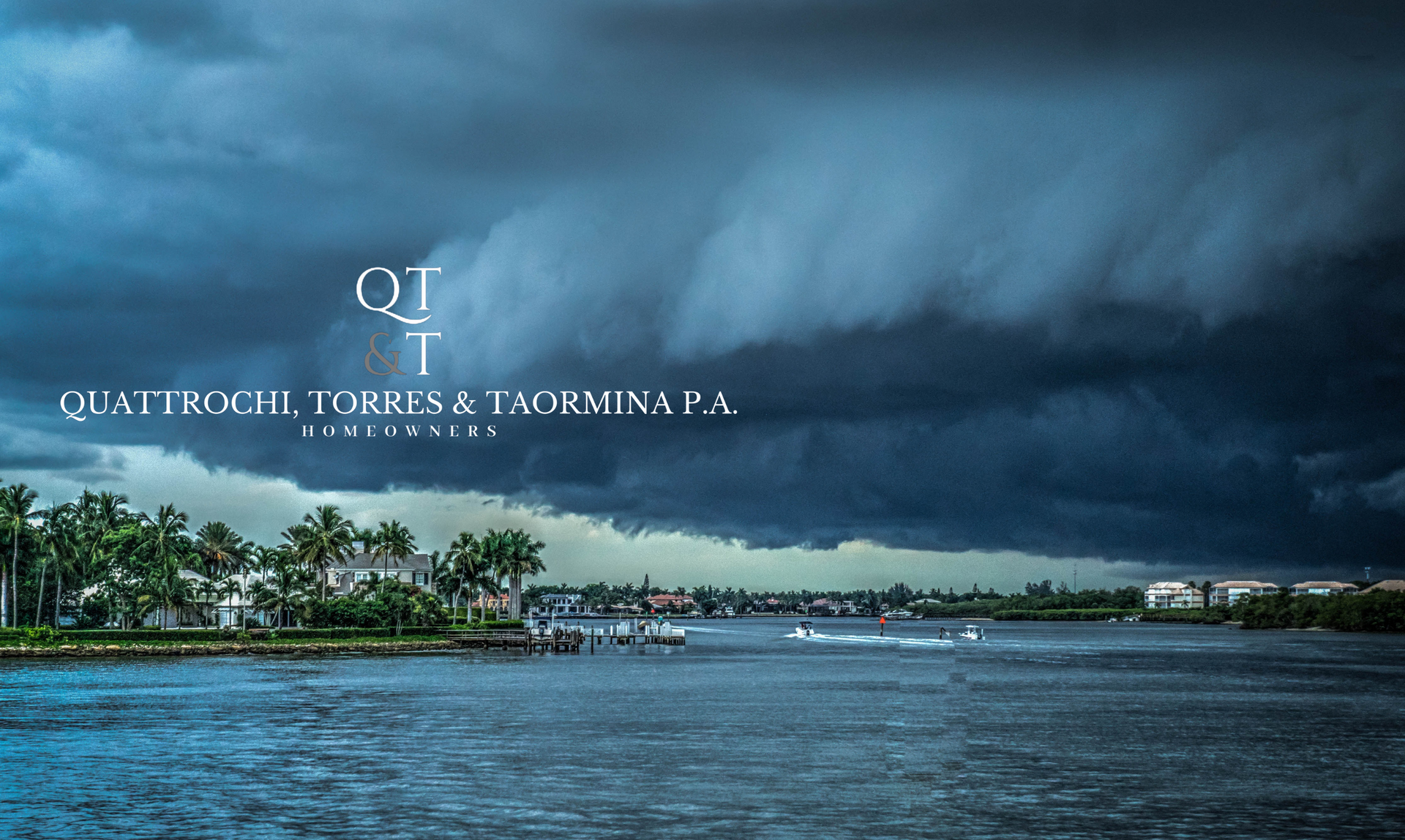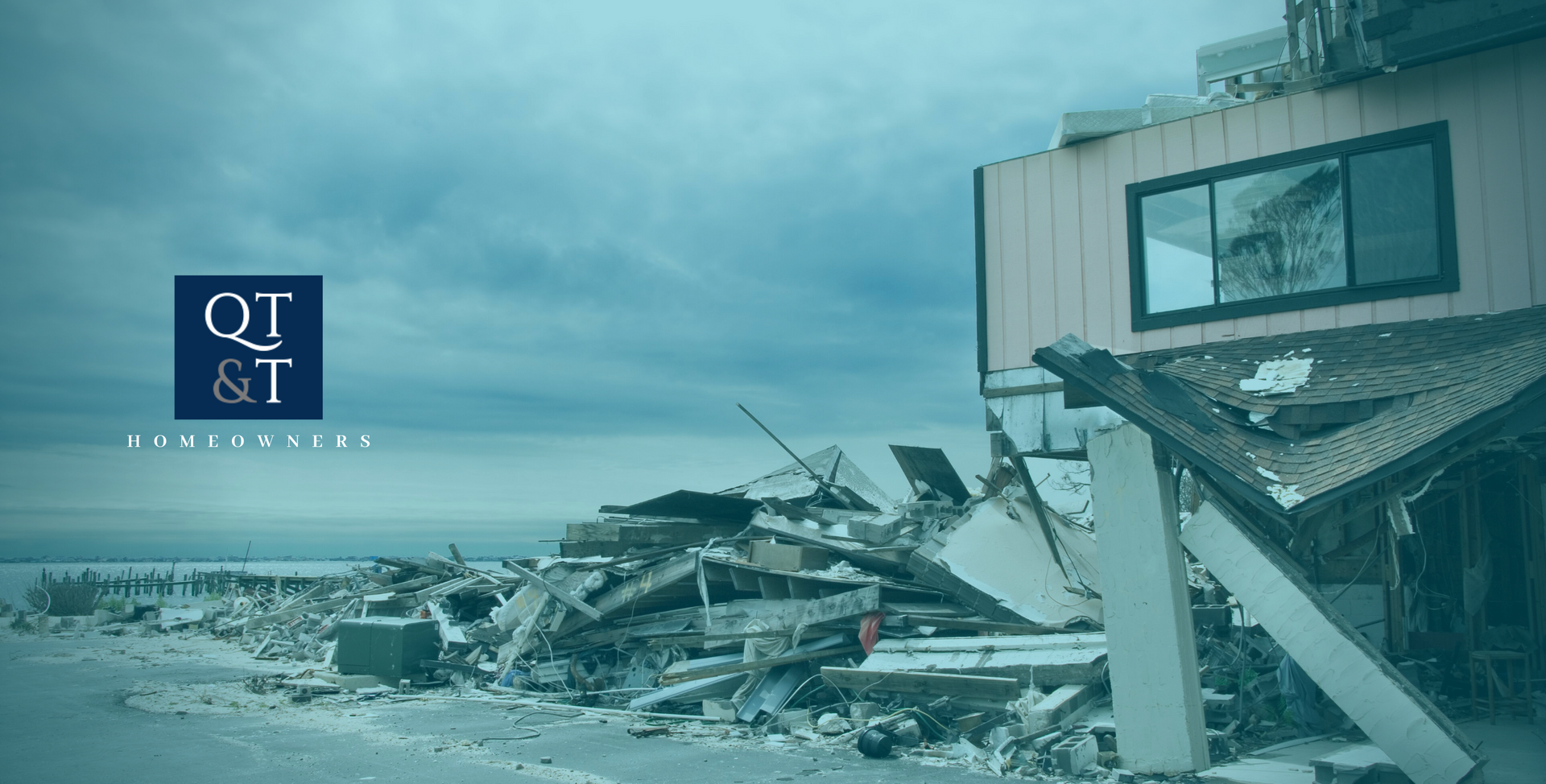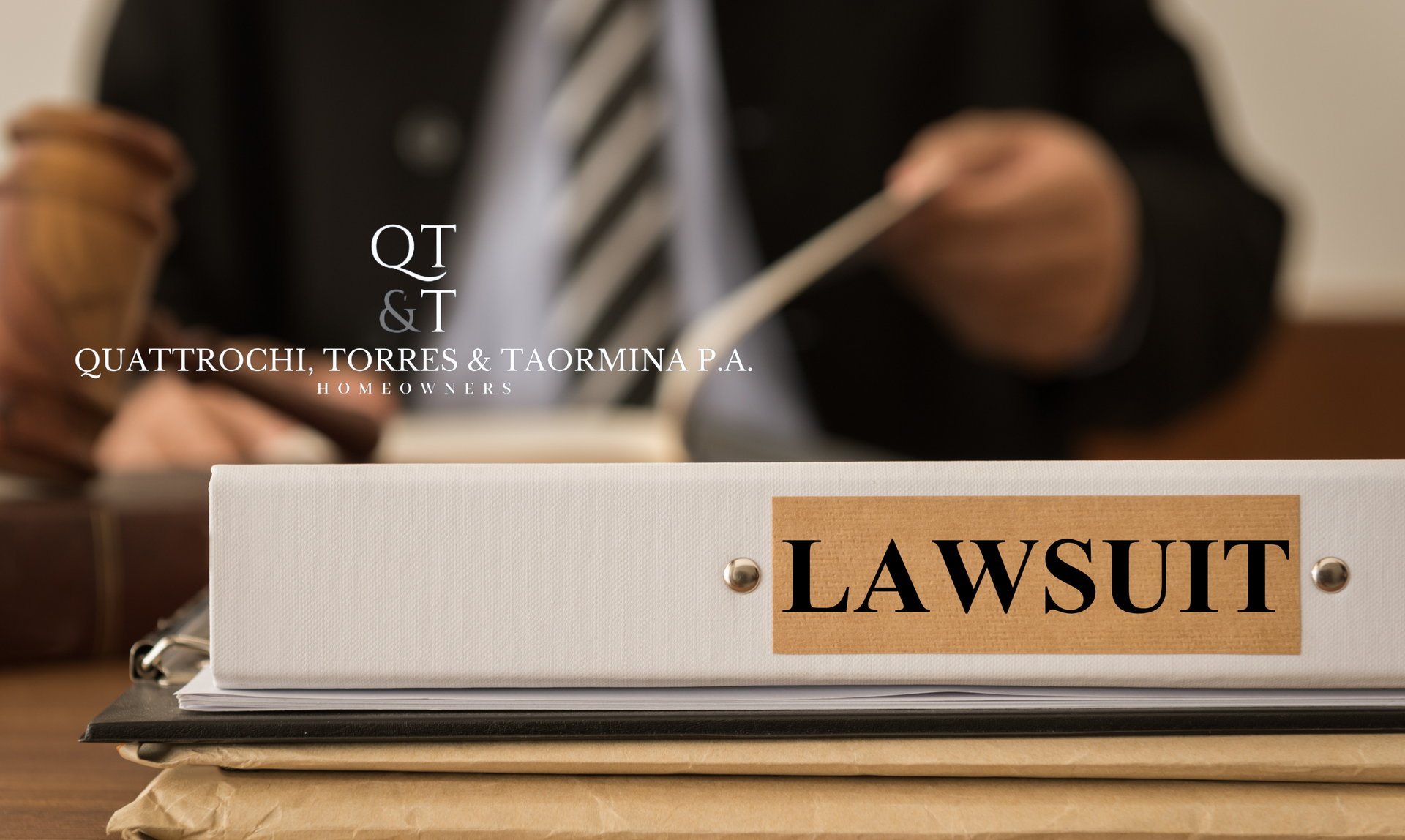The Hidden Risk to Shingle Roofs from Tornado Warning Windstorms
As homeowners, we often take comfort in the shelter of our houses, trusting that they will protect us from the elements. However, when it comes to severe weather events like tornadoes, the vulnerability of our roofs can be a sobering reality. While direct hits from tornadoes are obviously destructive, what many may not realize is that even indirect windstorms associated with tornado warnings can wreak havoc on roofs, particularly those with shingle coverings.
Shingle roofs, ubiquitous in many residential areas, are especially susceptible to damage from high winds. Unlike metal or tile roofs, which may offer better resistance, shingle roofs can suffer significant harm even from winds that don't directly hit them. Let's delve into why shingle roofs are vulnerable and what homeowners can do to mitigate the risks.
The Fragility of Shingle Roofs
Shingle roofs consist of overlapping layers of individual shingles, typically made from materials like asphalt or fiberglass. While they provide adequate protection under normal weather conditions, they can be easily compromised by strong winds, especially when those winds create uplift forces.
During an indirect windstorm associated with a tornado warning, the wind patterns can become erratic and turbulent. Even if the tornado itself doesn't touch down, the surrounding winds can still reach high speeds and change direction suddenly. These turbulent winds can create upward pressure beneath the shingles, causing them to lift, crack, or tear away from the roof deck.
Additionally, shingles can become brittle over time due to exposure to sunlight, temperature fluctuations, and other environmental factors. This brittleness makes them more prone to damage from high winds, as they are less flexible and more likely to break upon impact.
Common Types of Damage
Indirect windstorms associated with tornado warnings can cause various types of damage to shingle roofs:
1. Shingle Loss:
High winds can lift shingles and tear them away from the roof, leaving the underlying structure exposed to the elements.
2. Shingle Creasing:
When strong winds can cause shingles to bend up and down, creating ridges. The singles may also push against each other, causing creases in the upper shingle.
3. Shingle Damage:
Flying debris carried by the wind can impact shingles, causing cracks, dents, or tears. Once damaged, shingles are less effective at repelling water, increasing the risk of leaks and water damage inside the home.
4. Loosening of Fasteners:
The force of the wind can loosen the nails or adhesive strips that hold the shingles in place, compromising the integrity of the entire roof system.
5. Granule Loss:
High winds can strip away the protective granules on the surface of asphalt shingles, reducing their durability and lifespan.
Mitigating the Risks
While it's impossible to completely eliminate the risk of damage to shingle roofs during severe weather events, there are steps homeowners can take to reduce the likelihood and severity of damage:
1. Regular Inspections:
Conduct routine inspections of your roof to identify and address any signs of wear and tear before they escalate into larger issues.
2. Reinforcement:
Consider reinforcing your roof with additional fasteners or adhesive to improve its resistance to uplift forces.
3. Trimming Trees:
Trim back overhanging branches that could potentially damage your roof during a windstorm.
4. Upgrading Shingles:
Invest in high-quality, impact-resistant shingles that are designed to withstand strong winds and flying debris.
5. Professional Installation:
Ensure that your shingles are installed properly by hiring experienced roofing professionals who follow manufacturer guidelines.
If you or your loved one have suffered shingle damage due to wind from a Tornado Warning event, please call QT&T at 866-480-3124 for a free claim evaluation. Our experienced team is dedicated to helping you navigate the complexities of insurance disputes and ensuring you receive the coverage you rightfully deserve. Don't let a denied claim leave you stranded – contact us today and let us advocate for you.

By Jonathan Amador
•
22 Apr, 2024
Learn what to expect during a Recorded Statement for your Home and Property insurance claim. Our blog outlines common questions asked by insurance carriers and provides valuable insights to help you prepare. If you need guidance or representation, contact QT&T at 866-480-3124 for a free claim evaluation.

By Jonathan Amador
•
22 Apr, 2024
Facing hurdles with your business insurance claim? Discover how QT&T's seasoned Florida attorneys can guide you through the complexities, from denied claims to valuation disputes. With expert legal assistance, ensure your business receives the compensation it deserves. Contact us today for a free claim evaluation.

By Jonathan Amador
•
08 Apr, 2024
Facing insurance issues after Hurricane Ian? Learn how to get the compensation you deserve with our expert tips. Discover common problems with claims and steps to challenge underpayments or denials. Don't navigate the complexities alone – contact QT&T for a free evaluation. Let us advocate for you and ensure you're properly covered.

By Jonathan Amador
•
08 Nov, 2023
W hile looking over Appraisal Awards, clients often ask why they’re “paying the deductible again”. This is a common misconception. Prior to Appraisal homeowners get a letter from their homeowner’s Insurance Company showing partial coverage, less the deductible. The letter will either say that your covered damages are less than the deductible so you’re not entitled to money, or it will show you an undisputed amount of coverage, reduced by your deductible.

By Jonathan Amador
•
01 Sep, 2023
The safety and protection of your home are paramount, and when faced with damage, uncertainties can arise regarding whether to involve your homeowner's insurance. The adage "when in doubt, report" encapsulates a wise strategy that homeowners should consider when confronted with home damage, no matter how minor or inconspicuous it may seem. In this article, we'll delve into the rationale behind this approach and the potential benefits it offers.

By Jonathan Amador
•
01 Sep, 2023
In recent years, the landscape of homeowner's insurance regulations in Florida has witnessed a notable shift, with measures aimed at making the claims process more stringent. This growing trend reached a significant milestone when Governor DeSantis signed Senate Bill 154 into law. Among its provisions, the bill substantially reduced the time frame for discovering damages and reporting insurance claims. You had up to 3-years to first discover and report Hurricane Irma damage. For Hurricane Ian, you had up to two years to first discover damages, and from June 9, 2023, you’ll only have 1 year to first discover and report a potential insurance claim. As the trend continues, striking a balance between the rights of policyholders and the interests of Florida’s insurance industries. As you can see, Florida has made their position well known, and they’ve continued to pass laws that limit homeowner protections and lower repairability standards. Fans of the new changes hope that the new changes will result in insurance premium savings, but the fact of the matter is that insurance is not getting more affordable, nothing is. Additionally, while these changes aim to enhance efficiency and discourage fraudulent claims, they also pose challenges for homeowners who require time to identify damages accurately and initiate claims with well-supported evidence. As the landscape of homeowner's insurance continues to evolve, the importance of informed decision-making, thorough documentation, and understanding policy terms becomes increasingly vital for Floridian homeowners seeking to navigate the changing dynamics of insurance claims. That is why we at QT&T recommend you speak with your insurance agent to better understand your “Duties After Loss” and coverage limits.






